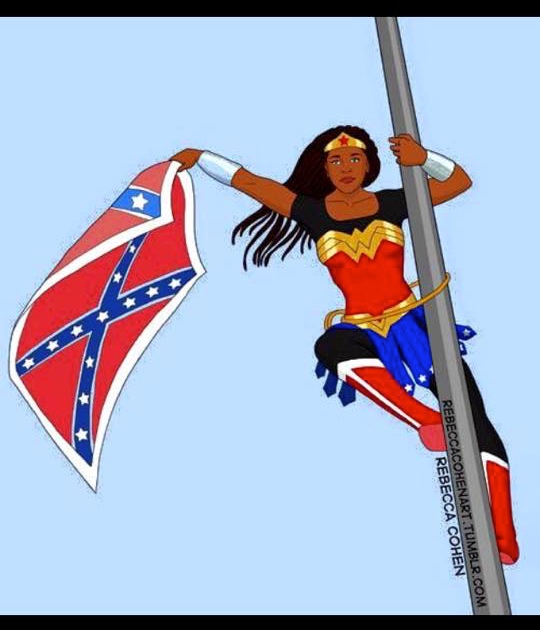How to use this guide:
Scroll through or click on a link below to explore the topics on this page
The most common understanding of racism in our country is limited to the “interpersonal” level of racism—the personal prejudice and intentional bias in our individual interactions across different races. A different and emerging explanation of racism contends that interpersonal racism is actually a symptom of a more fundamental system of racism—an array of cultural norms and institutional policies and practices that routinely produce racially inequitable outcomes, often without individual intent or malice.
Internalized racism lies within individuals. This type of racism comprises our private beliefs and biases about race and racism, influenced by our culture. This can take many different forms including: prejudice towards others of a different race; internalized oppression—the negative beliefs about oneself by people of color; or internalized privilege—beliefs about superiority or entitlement by white people.
Interpersonal racism (personally mediated) occurs between individuals. This is the bias that occurs when individuals interact with others and their personal racial beliefs affect their public interactions.
Institutional racism occurs within institutions and systems of power. This refers to the unfair policies and discriminatory practices of particular institutions (schools, workplaces, etc.) that routinely produce racially inequitable outcomes for people of color and advantages for white people. Individuals within institutions take on the power of the institution when they reinforce racial inequities.
Structural racism is racial bias among institutions and across society. This involves the cumulative and compounding effects of an array of societal factors, including the history, culture, ideology and interactions of institutions and policies that systematically privilege white people and disadvantage people of color.
All American News (1944) | Former Slaves Speak: The All-American News Company produced its first newsreels from headquarters in Chicago in the fall of 1942. A November 14, 1942, issue of the Motion Picture Herald reports that the new company was “headed by [Emmanuel] M. Glucksman, former Universal short subject producer and exhibitor” (p. 9) and were “some of the best and first consciously produced, positive images of black people” living their daily lives, contributing to the war effort, and making history
Found Voices: Slave Narratives Pt 1: These are actual slave recordings done in the 1930's and recently digitized.
Slave Codes: Crash Course Black American History #4: Slave codes were a method of protecting the investment of white enslavers in the Colonies by restricting the lives of enslaved people in almost every imaginable way. The codes restricted enslaved people’s ability to move around, or engage in commerce that could make them financially independent - they restricted the very opportunities that would allow them to live with even relative freedom. Today, we'll learn about how Colonies put laws in place to restrict the movement and freedoms of both enslaved people and free Black people alike.


University of Cincinnati Libraries
PO Box 210033 Cincinnati, Ohio 45221-0033
Phone: 513-556-1424
University of Cincinnati
Alerts | Clery and HEOA Notice | Notice of Non-Discrimination | eAccessibility Concern | Privacy Statement | Copyright Information
© 2021 University of Cincinnati
